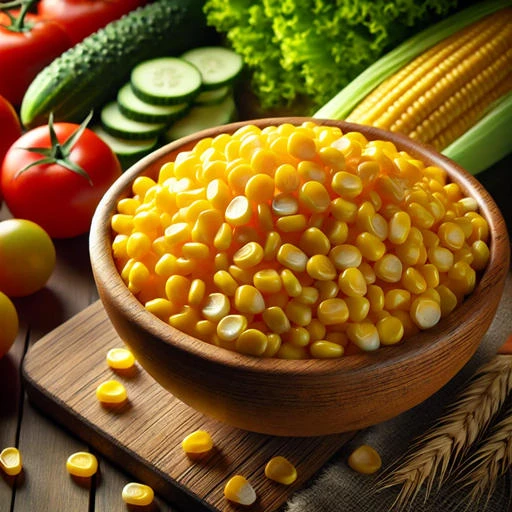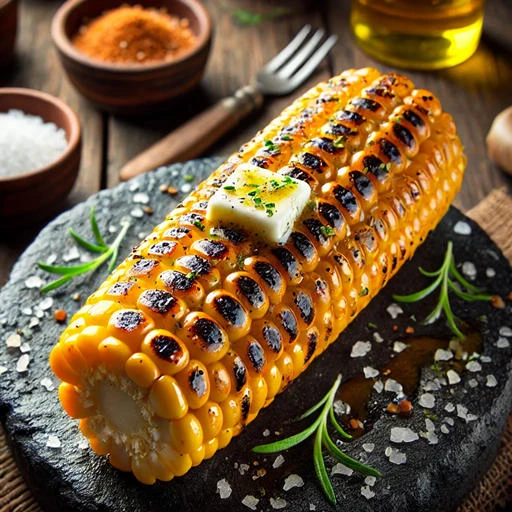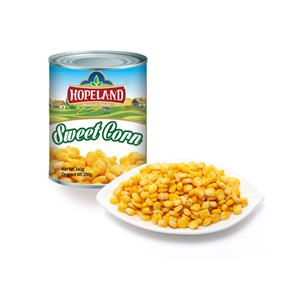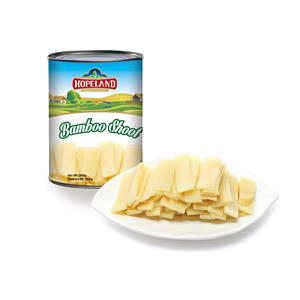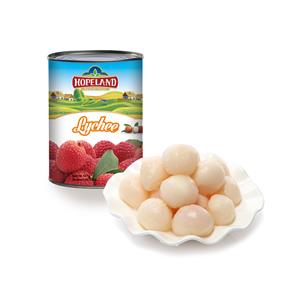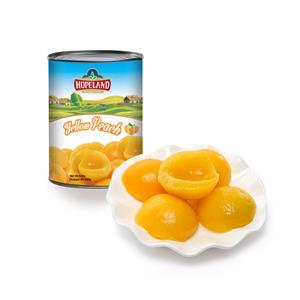Discovering Zea Mays Variety Sweet Corn: Nature’s Sweet Delight
Sweet corn, scientifically known as Zea Mays var. saccharata, is a beloved summer vegetable renowned for its natural sweetness and tender texture. Unlike other types of corn, sweet corn is harvested early, preserving its sugars and giving it a unique, juicy taste. It’s a popular choice for barbecues, salads, and side dishes, and thanks to its versatility, it is enjoyed across the globe. Let’s take a closer look at what makes this particular variety of corn stand out and why it’s cherished by cooks and food enthusiasts alike.
What Is Zea Mays Variety Sweet Corn?
Sweet corn is a special variety of the species *Zea Mays*, which belongs to the grass family Poaceae. This variety was specifically bred to have high sugar content, the result of natural genetic mutations that prevent sugar from converting to starch. This unique characteristic creates the soft, juicy kernels that burst with sweetness when cooked. Sweet corn is harvested when it is still immature—before the sugar levels decline and starch begins to develop—giving it a tender texture that sets it apart from field corn varieties.
The primary difference between sweet corn and other corn varieties, such as field corn (often used for livestock feed or industrial purposes), lies in the timing of its harvest. While field corn is allowed to mature fully and dry on the stalk, sweet corn is picked early, ensuring that its kernels are soft, sweet, and packed with moisture. This early harvest gives sweet corn its delightful taste, making it perfect for fresh consumption.
Nutritional Benefits of Sweet Corn
In addition to its delicious flavor, sweet corn is packed with a wealth of nutritional benefits:
1. Fiber: Sweet corn is an excellent source of dietary fiber, which plays an important role in digestive health by promoting regularity and supporting beneficial gut bacteria.
2. Vitamins: Sweet corn is rich in essential vitamins, particularly Vitamin C, which acts as an antioxidant, and Vitamin A, which supports eye health, skin, and immune function. Additionally, it contains several B vitamins that aid in energy metabolism.
3. Minerals: This variety of corn contains potassium, which is essential for maintaining healthy blood pressure and heart function, and magnesium, which is important for muscle function, nerve health, and bone strength.
4. Antioxidants: Yellow sweet corn contains carotenoids, especially lutein and zeaxanthin, which are beneficial for eye health and may protect against age-related macular degeneration.
5. Gluten-Free: Sweet corn is naturally gluten-free, making it a safe choice for individuals with gluten sensitivity or celiac disease.
With its combination of nutrients, fiber, and antioxidants, sweet corn can be a healthy addition to various diets, from plant-based and gluten-free to omnivorous.
Varieties of Sweet Corn
Sweet corn isn’t a one-size-fits-all crop; there are several varieties, each offering its unique level of sweetness and texture. The main types include:
1. Normal Sugary (su): This is the traditional variety, known for its moderate sweetness. Normal sugary sweet corn is slightly less sweet than other varieties but has a creamy, soft texture. It’s perfect for those who prefer a more subtle flavor.
2. Sugar Enhanced (se): Sugar enhanced varieties are hybrids that contain higher sugar levels than normal sugary varieties. They retain their sweetness and tenderness for longer after harvest, making them ideal for fresh consumption or quick cooking methods like boiling or steaming.
3. Supersweet (sh2): This variety has up to three times the sugar content of regular sweet corn, giving it an intensely sweet taste. Supersweet varieties also have a firmer texture and retain their sweetness for an extended period, making them excellent for shipping and storage. This variety is a favorite for consumers who love a bold, sugary flavor.
Each of these varieties offers something unique, whether it’s a delicate sweetness or a full-bodied flavor that satisfies any craving. The type of sweet corn chosen can make a big difference in the overall flavor and texture of a dish.
How to Enjoy Sweet Corn
Sweet corn is a versatile ingredient that can be prepared in many ways. Here are some popular methods to enjoy its naturally sweet flavor:
1. Grilled on the Cob: A summertime classic, grilling sweet corn brings out its sugars, caramelizing them for a smoky, slightly charred flavor. It can be served with butter, salt, and herbs for an extra touch of flavor.
2. Boiled or Steamed: Boiling or steaming sweet corn is a quick and easy way to prepare it while preserving its sweetness and moisture. It’s a healthy option, as the corn retains most of its nutrients. Simply add a bit of butter and a sprinkle of salt for a delicious side dish.
3. Salads and Salsas: Sweet corn kernels add a burst of color and sweetness to salads and salsas, pairing well with ingredients like tomatoes, avocados, and red onions. Corn-based salads are a popular side dish in summer picnics and barbecues, bringing a refreshing sweetness to the meal.
4. Soups and Chowders: Sweet corn can add a subtle sweetness and creamy texture to soups and chowders. It’s especially popular in corn chowder, where it pairs with potatoes, cream, and spices for a warm, comforting dish.
5. Frozen or Canned: For those who want to enjoy the taste of sweet corn year-round, freezing or canning is an excellent option. Frozen or canned sweet corn retains much of its nutritional value and can be used in a variety of recipes, from casseroles to rice dishes.
6. Cornbread and Muffins: Sweet corn can be ground and used to make cornbread or muffins, adding a mild sweetness to baked goods. This is a popular option in southern-style cooking, where cornbread is often served alongside savory dishes.
Tips for Selecting and Storing Sweet Corn
When selecting fresh sweet corn, look for ears with green husks, soft silks, and plump kernels. Fresh sweet corn should be eaten soon after purchase, as the natural sugars start converting to starch, affecting its sweetness and texture. If you’re not using it right away, store it in the refrigerator, where it can stay fresh for up to three days.
Canned and frozen varieties of sweet corn are also great options, as they are preserved at their peak ripeness. Frozen sweet corn is especially convenient, as it can be added directly to recipes without the need for defrosting, and canned corn can be quickly rinsed and used in salads, soups, or stir-fries.
Conclusion
Sweet corn, or Zea May var. saccharata, is a versatile and nutritious vegetable that has earned its place in cuisines worldwide. Its unique genetic makeup, which preserves its natural sugars, results in a tender and sweet flavor that enhances a wide array of dishes. Whether you prefer it grilled, boiled, added to salads, or incorporated into soups, sweet corn brings joy to any meal with its vibrant taste and health benefits.
As you enjoy this delightful variety of corn, remember that each ear brings with it a blend of natural sweetness, beneficial nutrients, and a touch of summer, no matter the season. So, whether you’re hosting a barbecue or cooking a cozy winter meal, sweet corn is always a delicious choice, showcasing nature’s sweet delight in every bite.

